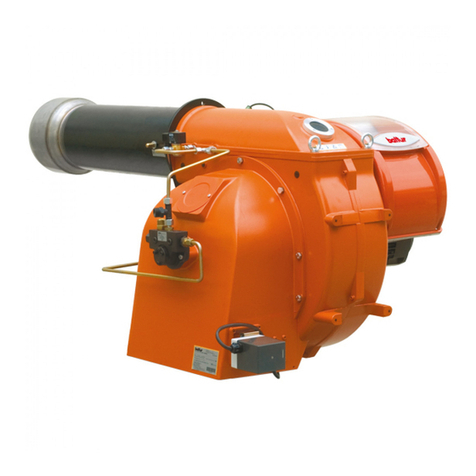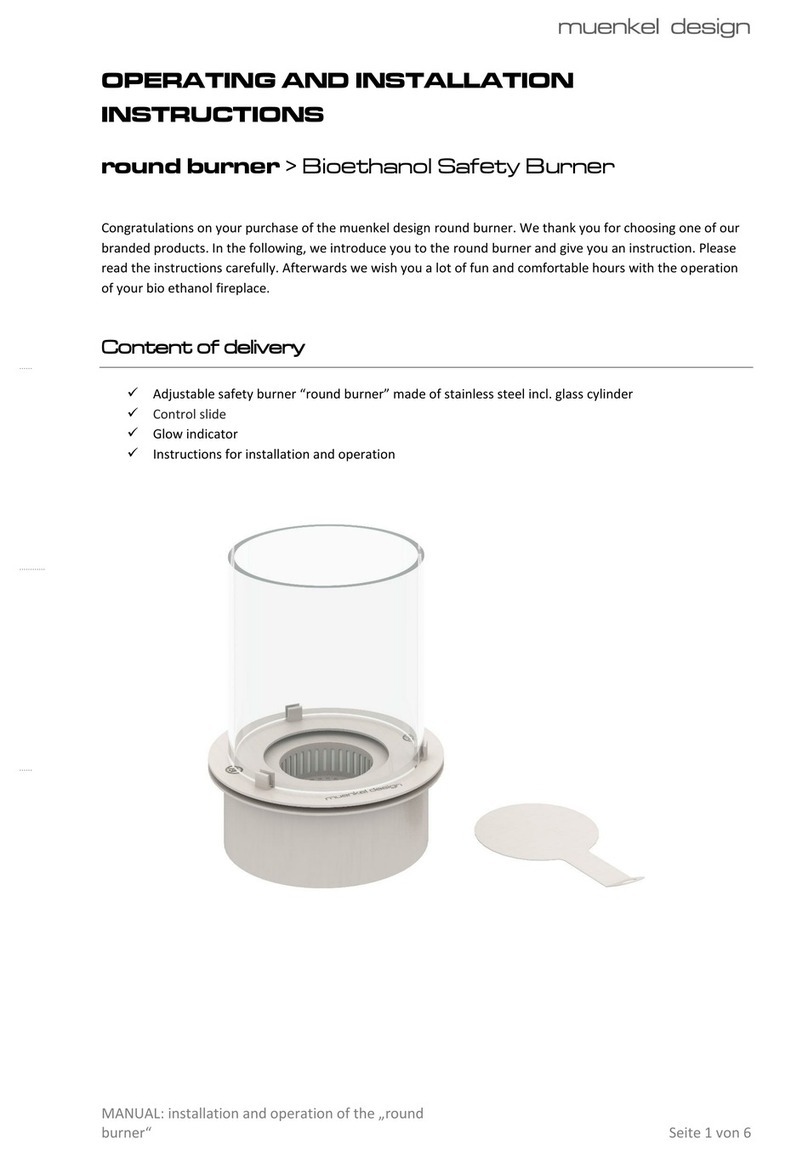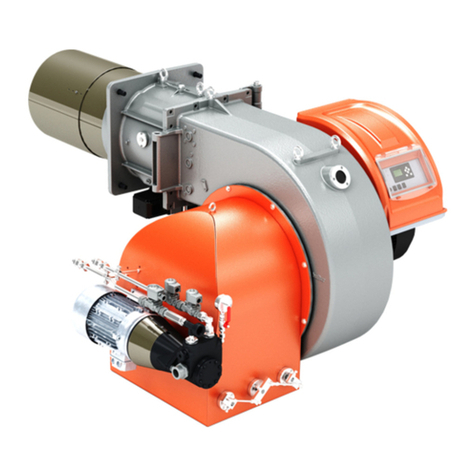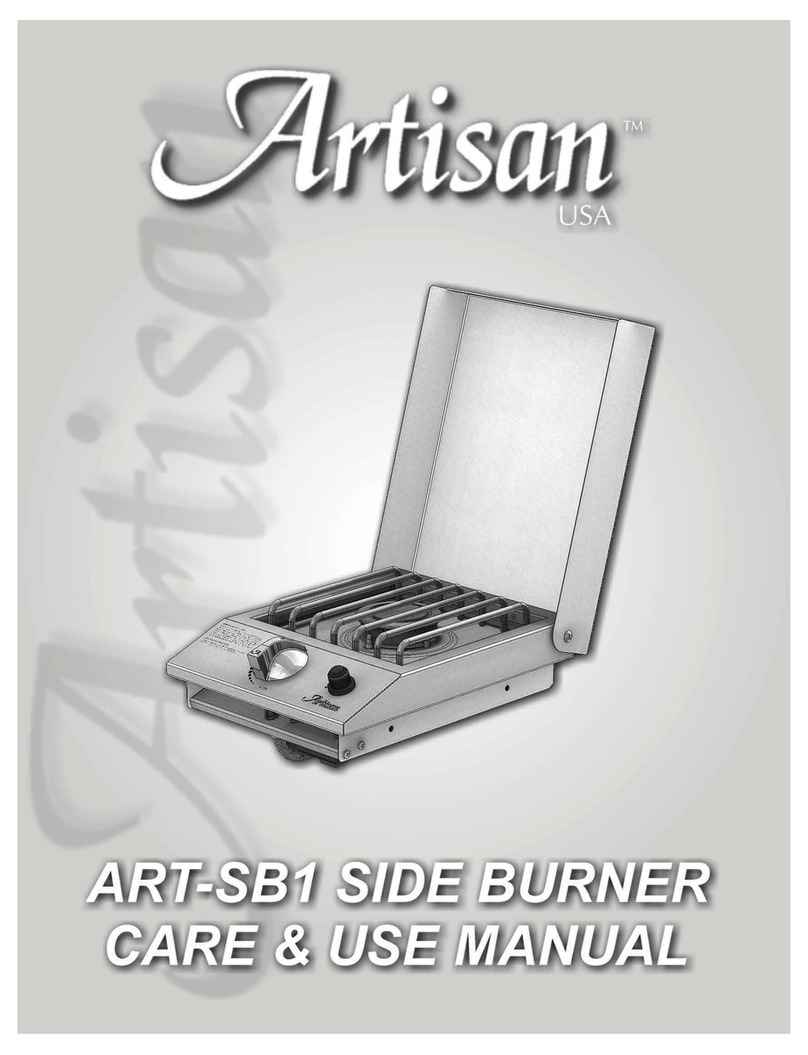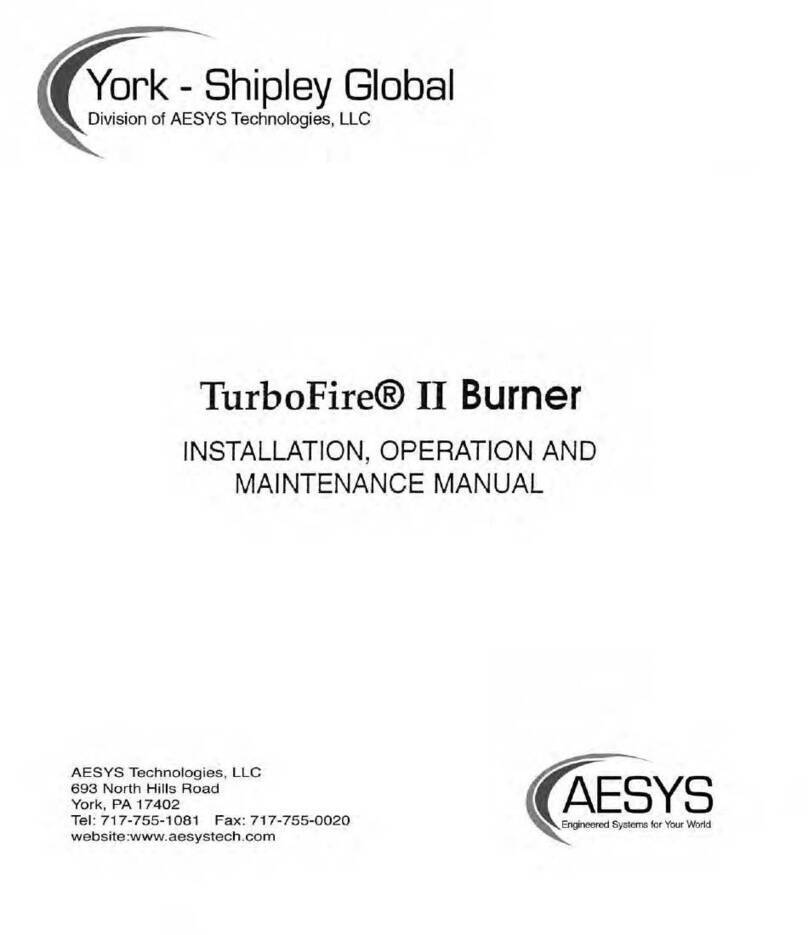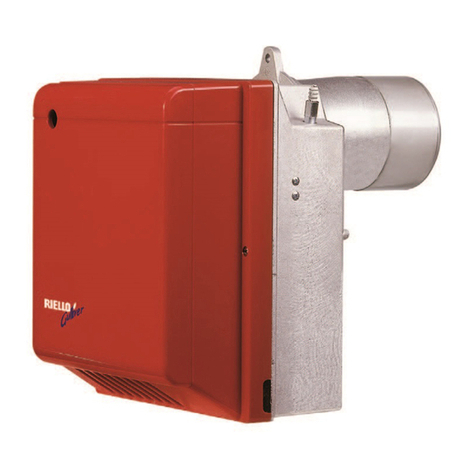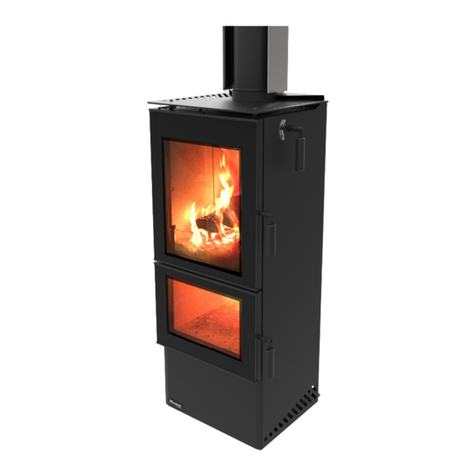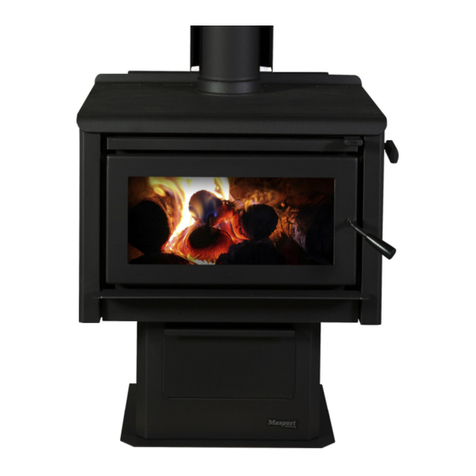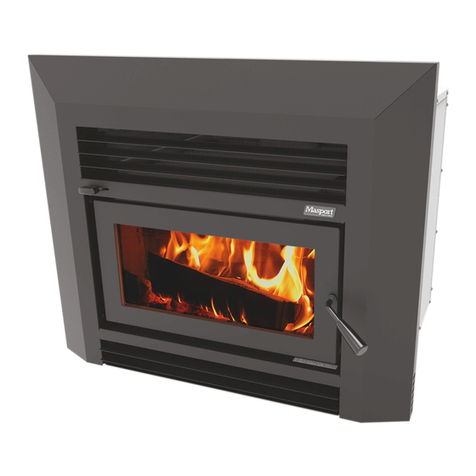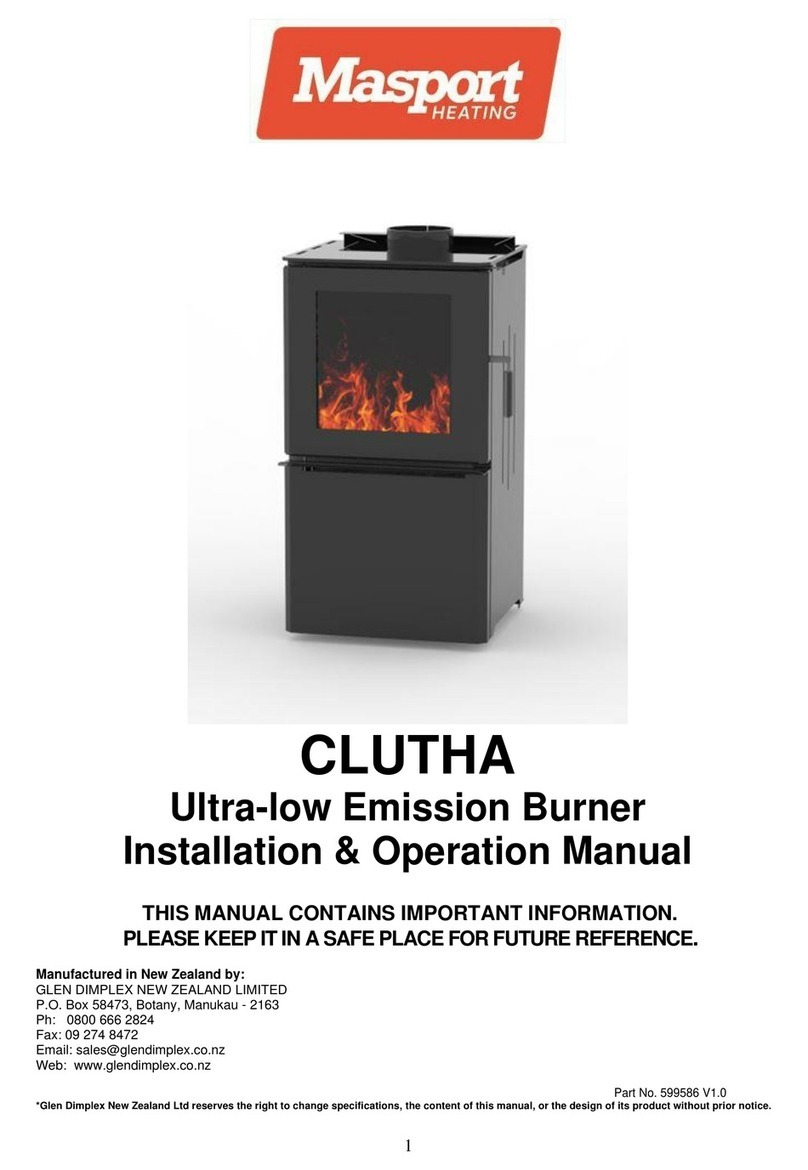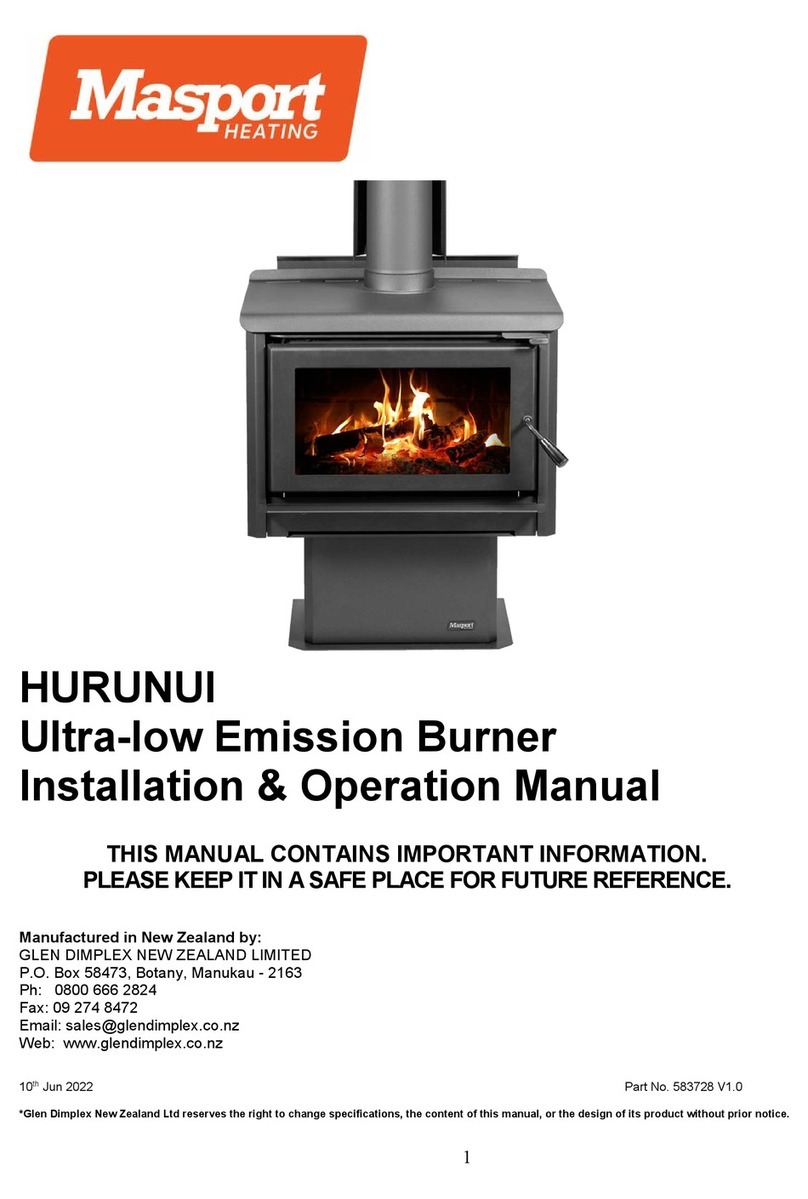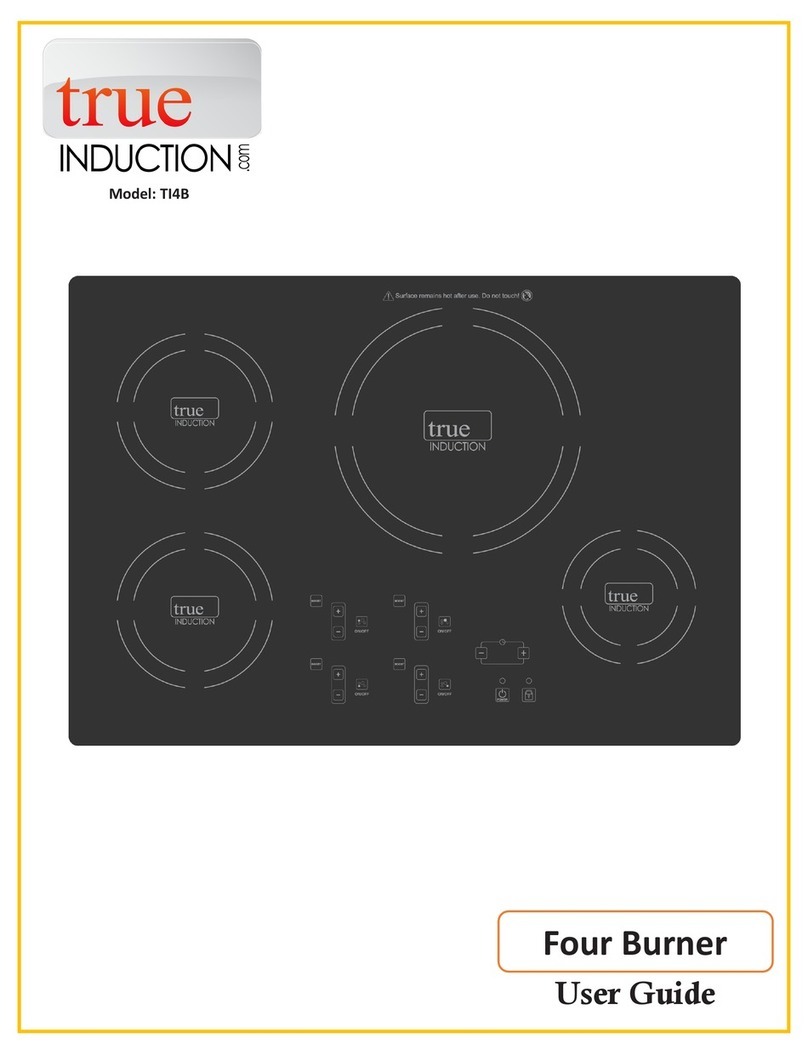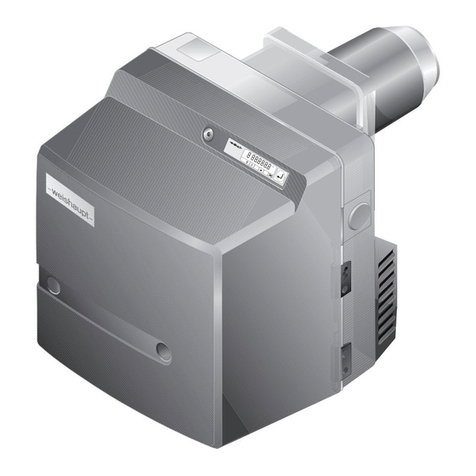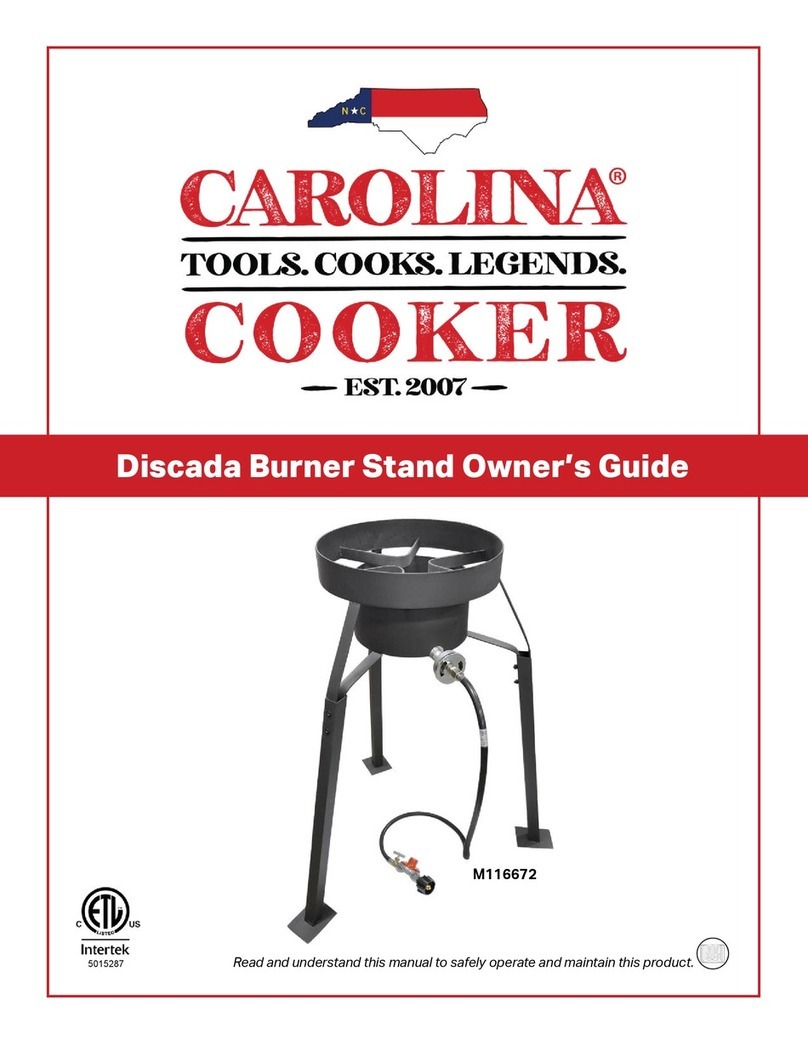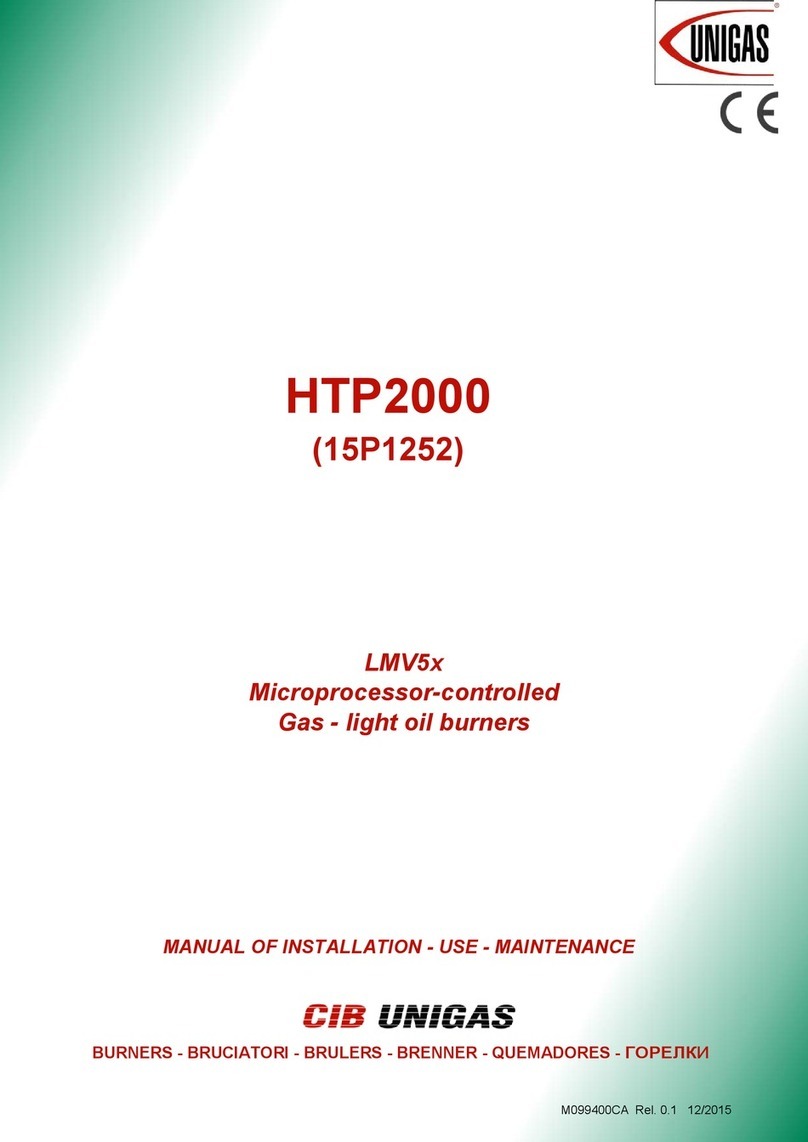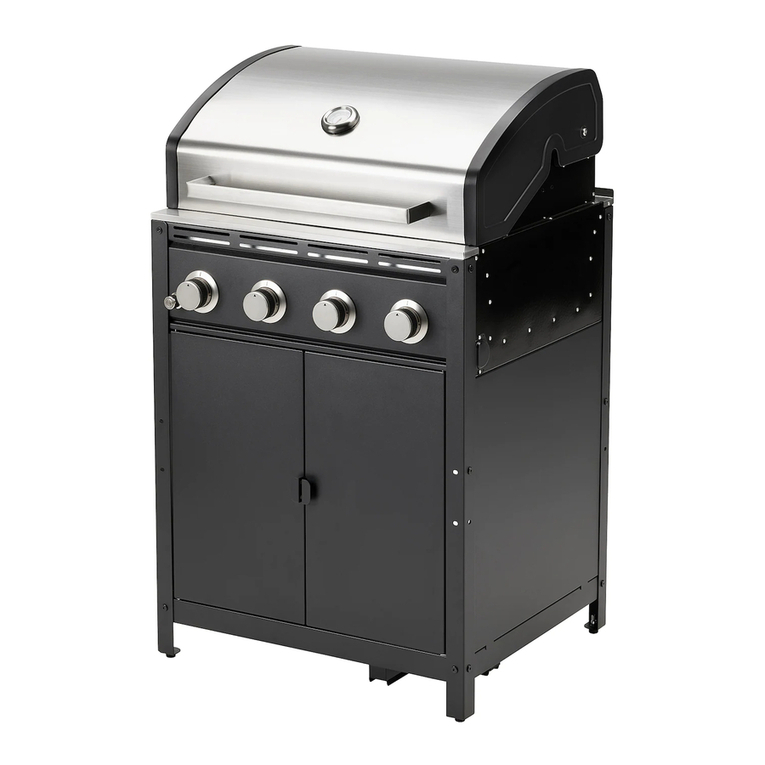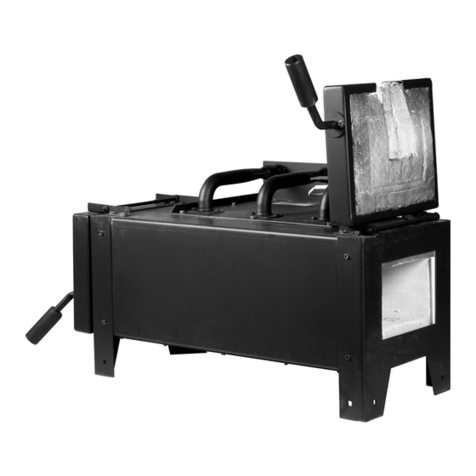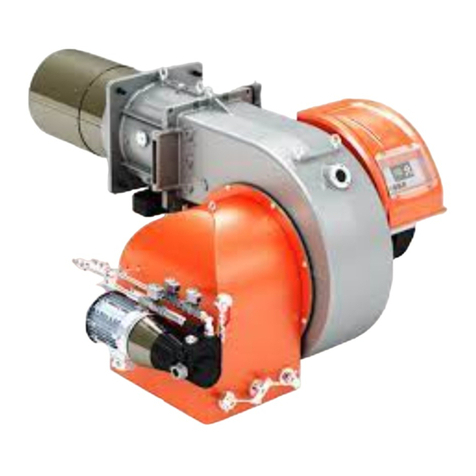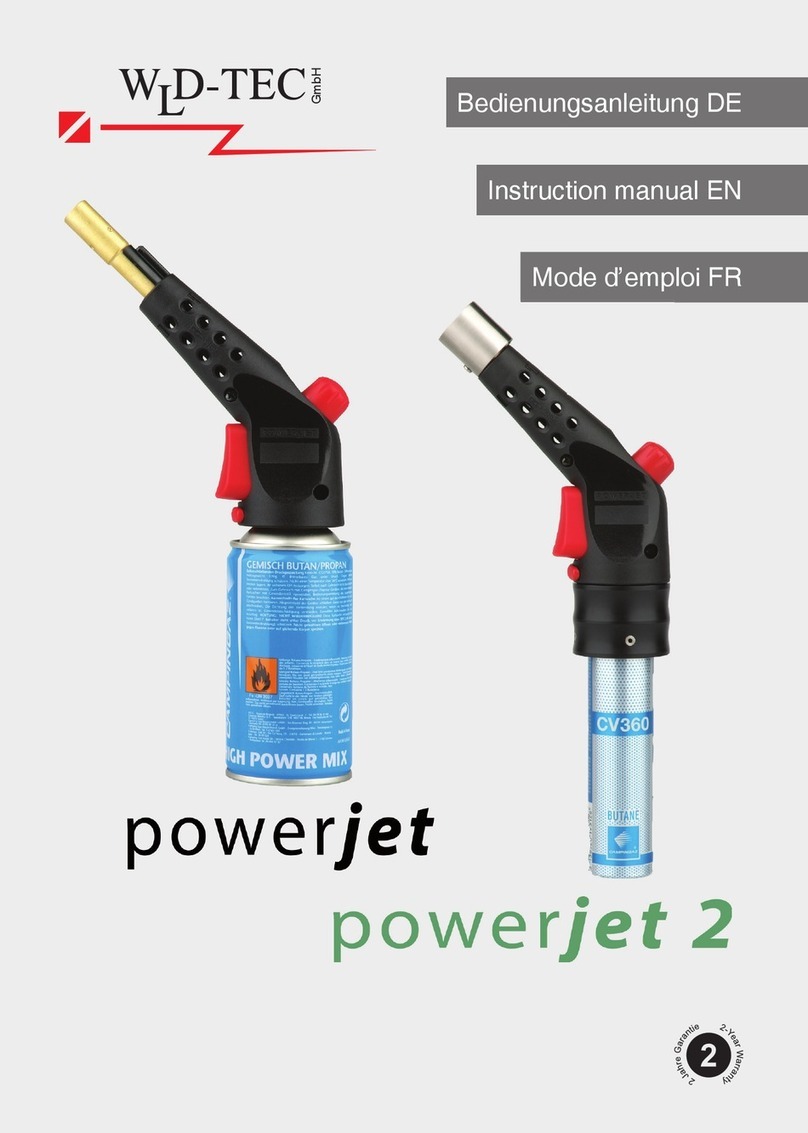
6
3.0 Installation of the Waimakariri ULEB
3.1 Unpacking
Remove the shipping wooden crate and packing around the burner. Remove the loose pieces from the firebox.
Remove and discard the screws holding the wood fire to the shipping pallet. Using appropriate lifting equipment,
move the burner close to its installation position. Correct lifting procedures should be observed to avoid injury
while handling a Masport Waimakariri ULEB.
3.2 Positioning
The Waimakariri ULEB has been tested and complies with a parallel or corner wall configuration, with minimum
distances to heat-sensitive materials in accordance with the AS/NZ 2918:2001 safety test standard. Determine
the installation position for your Waimakariri ULEB only after considering the necessary clearances (See
Technical Specifications on page 5 of this manual) and checking the practicability of installing the flue system. No
wall or other fixed objects should be closer to the front of the Waimakariri ULEB than two meters. Regard heat
resistant walls with heat-sensitive surface treatments (e.g., wallpaper or heat-sensitive paints) as heat-sensitive
walls.
Any proposed deviation from the specified clearances or installation configurations should be discussed with a
registered “NZHHA” approved installer or GDNZ’s technical team, thus ensuring that progression after that is in
accordance with the guidelines in the AS/NZ 2918:2001 test standard and subsequently no compromise on
safety.
3.3 Flue Requirements
Standard 4.2M long, 150mm diameter Masport flue systems that have been tested and complies with the current
installation standard AS/NZS 2918:2001 Appendix F shall be used for Waimakariri ULEB along with the 900mm
long, Masport St/St double skin flue shield. Clearances to combustible given on section 2.0 have been
determined during a safety test, which was carried out with standard parallel and corner installation configuration
with a minimum 2.4m high ceiling.
If a flue exits out of the roof within 3 meters from the ridge, the outer shield shall be not less than 600mm above
the ridge. If the flue exits further than 3 meters out from the roof ridge, then it must project at least 1000mm
above roof penetration. This dimension may need increasing to ensure that the top of the flue is at least 3 meters
away from the roof or other obstruction when measured horizontally.
The flue pipe shall extend not less than 4.2m above the top of the burner. Due to factors such as roof pitch,
predominant winds, nearby obstructions (i.e., trees, buildings) and fire placement, flue lengths and flue
terminations/cowls may vary. (Refer to Figure 3.3.1) Additional components may be required to complete the
installation and meet all AS/NZS 2918:2001 guidelines for flue termination.
The flue gas temperature of the Waimakariri ULEB is a lot less compared to other conventional wood burners. In
the colder environment, low flue gas temperature can create a flue draft issued. It is highly recommended that
200 inner casing of Masport flue system should be extended within 250~300mm below the flue termination. This
is particularly important for installation in the colder areas of Canterbury and south of the Canterbury region.
(Refer to Figure 3.3.2. Depending upon installation, use the required length of additional flue pipes.
AS/NZS2918:2001 guidelines should be followed for any deviation to these standard configurations. Detailed
instructions for roof penetrations etc. are supplied along with the Masport flue kit. These must be followed
closely, including the minimum flue exit height from the top of the floor protector and the minimum exit height
above the roofline or roof ridge as detailed in the instructions.
Flue installations other than strictly vertical ones are possible. See AS/NZS 2918:2001 for information on non-
vertical flues and flues passing through walls and eaves.
The flue to the flue spigot and all other flue pipe joints should be sealed using firebox cement and Stainless-Steel
Rivets. Sealing all the joints is important for achieving the desired performance of the Waimakariri ULEB.
For flue heat shields other than the 900mm Masport Double Shield, the installation clearances will be in
accordance with the guidelines specified in AS/NZS 2918:2001 for an untested flue installation.
